5 Reasons I Love Film Photography
Jason D. Little
Jason Little is a photographer (shooting macros, portraits, candids, and the occasional landscape), part time writer, and full time lover of music. You can see Jason’s photography on his photography blog or on Flickr
.
They say that everything old becomes new again. Indeed, life does tend to unfold around us in a cyclical fashion. Many of the so-called retro and vintage trends that rise to popularity often vanish as quickly as they appeared. But the fact that these things enter popular consciousness at all says something about our connection to — or, more likely, our curiosity about — the styles and ways of doing things that preceded some of us. The retro stylings of cameras like the Nikon Df or the Fujifilm X100S certainly bear this out in the realm of photography.
But what about film photography? There surely seems to be a growing interest in film photography but, for many, the idea that film photography is “new again” doesn’t really fit, as they never completely gave up film even after the digital revolution took firm hold.
I, like most of my peers, was introduced to photography via a film camera — one of those old Polaroid One Step cameras that I managed to wrestle from my aunt’s hands whenever she brought it around. But I am very much a product of the digital age and I jumped at my first opportunity to a digital point-and-shoot camera. I weaned myself from film and never looked back. For a while.
I’m not entirely sure what sparked the desire to return to film, but I’m glad it happened. Sure, I’m also reminded of the downsides, but I consider them relatively insignificant. To be sure, this isn’t a manifesto about abandoning digital photography or a screed about why film is ostensibly better than digital. No, I’m just sharing a few reasons why I love shooting film and why film photography will continue to play a small but important role in my growth as a photographer.
Hopefully, one or two of you reading this will be inspired to return to film or to try it out for the first time. Or, all this might serve as a reminder of why you happily kicked film to the curb and will never go back. Either way, it’s food for thought. Here are five reasons why I love shooting film, in no particular order.
1. Happy Accidents and Unexpected Treasures
I tend to approach film photography with somewhat of an “art project” mindset, so I’m far more tolerant of imperfections as opposed to when I’m shooting digital. I don’t consider light leaks and lens flare to be problems, even when I’m not expecting to see them in a photo. And since I’m admittedly bad at reading manuals (I just don’t do it), I’ve made my fair share of accidental double exposures. Turns out I’ve enjoyed the results of most of those accidents.
2. The Challenge
I would never go so far as to say digital photography is easy. But film photography sure isn’t convenient. Film photography forces me to be much more deliberate and thoughtful when I’m working. There are no do-overs. No delete button. If I don’t get it right the first time — get it right in camera — then I’ve just wasted a frame. As noted above, it doesn’t always go right but I am ever cognizant of the fact I have a limited number of frames to work with. Not all of my film cameras have working light meters, so getting the exposure I want (rather than a “correct” exposure) has become second nature.
3. No Post Post-Processing
Once I get my film developed and scanned, that’s it. The images remain untouched. I simply feel no compulsion to alter or “improve” my film shots in any way — even when they’re not very good. It’s a nice break from Lightroom’s develop module.
4. Grain Versus Noise
Like virtually everything else on the list, this is entirely subjective (and, perhaps, a figment of my imagination), but film grain wins the war of aesthetics over digital noise every time. I understand the semantic use of noise as an analogy for grain, but that’s where that relationship ends for me. I’m partial to real film grain.
5. The Analog Personality
Not to be overly anthropomorphic here, but I thoroughly enjoy the personality of film and old cameras. While I love my DSLRs, I don’t feel they have much personality beyond what I assign to them. My old cameras, on the other hand, each come with their own distinctive quirks that generally escape being put into words, but if you shoot film you’ll know what I mean. A similar case can be made for film. I have a particular attachment to Kodak Tri-X 400 and Kodak Portra 400 because, well, I just like the look of them and that’s all the reason I need. But I’m determined to try as many different kinds of film as I possibly can; and as I make my way through the different Fujifilm, Kodak, Agfa, Ilford, and other films (including rolls of expired film and instant film), I’m learning the many different “looks” associated with each one — looks that are rather difficult to replicate with plugins and presets.
As far as the drawbacks of film photography (such as the waiting period and costs associated with developing film, cost of buying film, etc.), they’re not significant enough to keep me away since film doesn’t account for the bulk for my photography. Digital is still my go-to medium. If you find yourself stuck in a creative rut or are in need of adding a new feature to your photographic repository, I highly encourage you to give film a try.









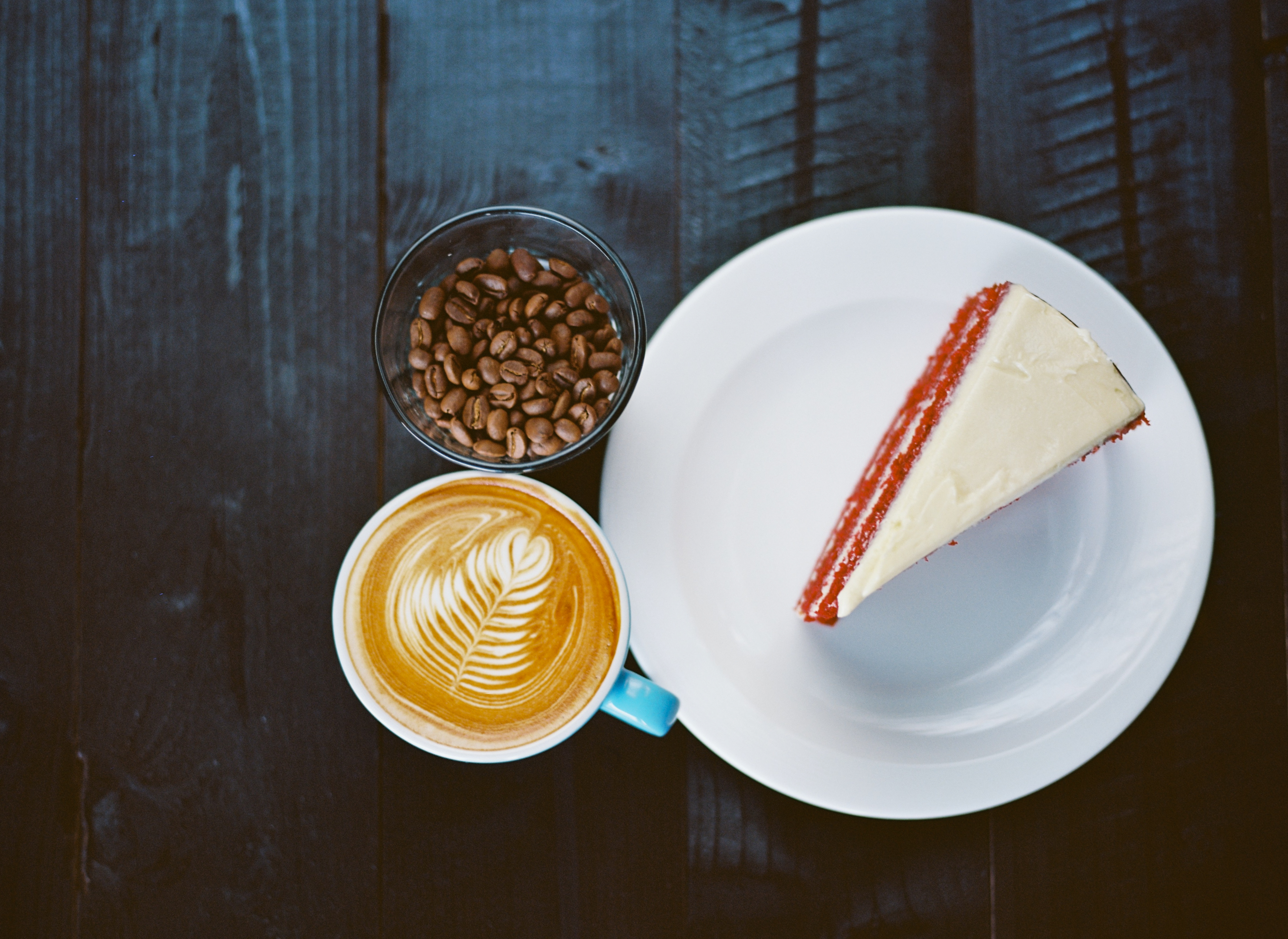
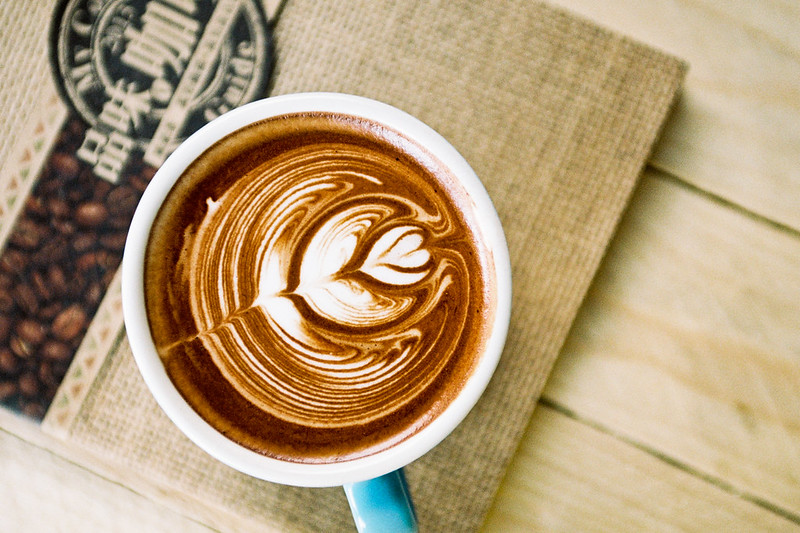

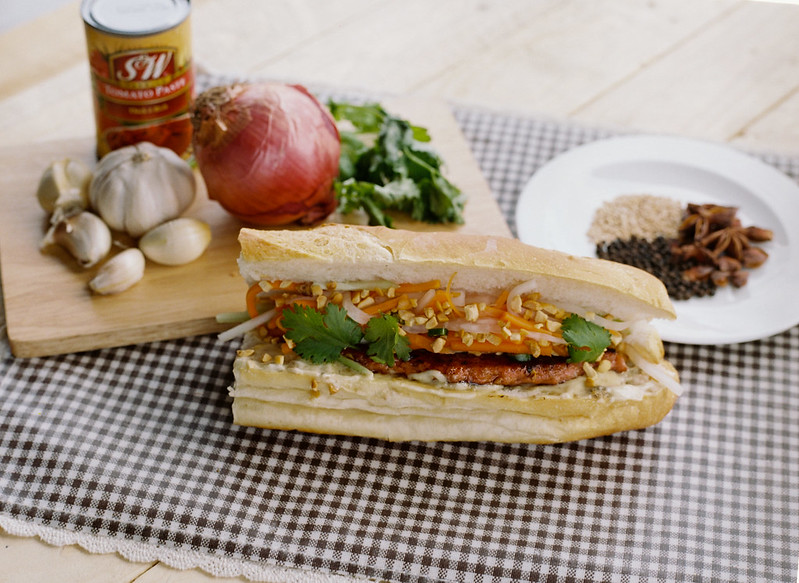
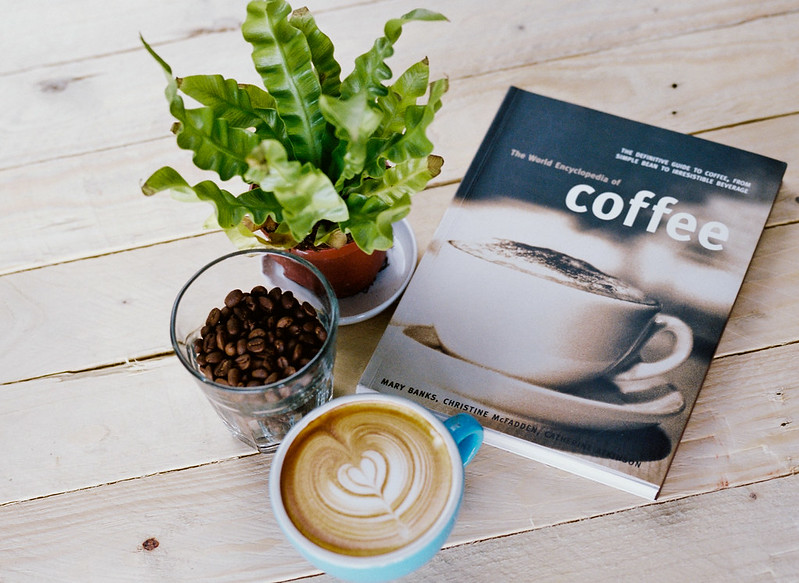
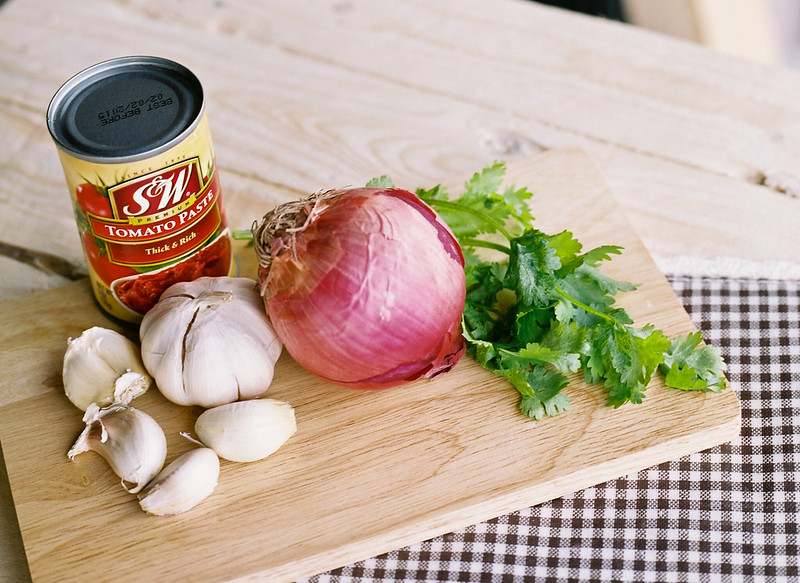
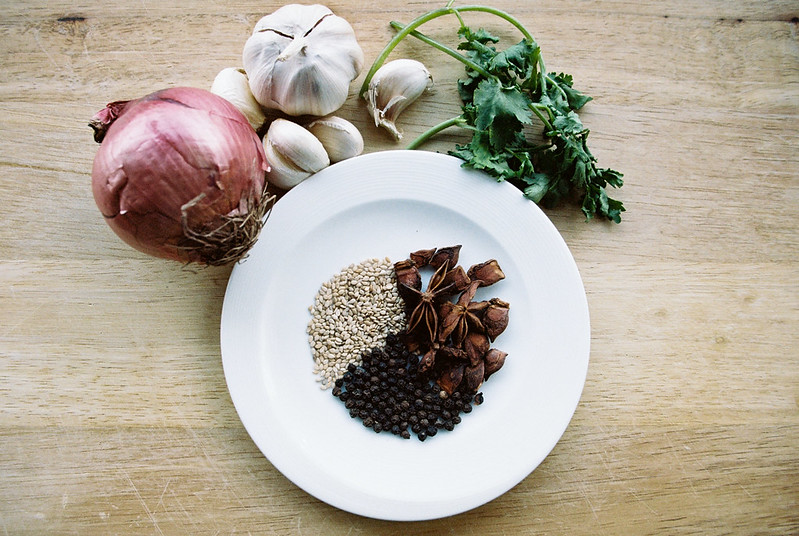


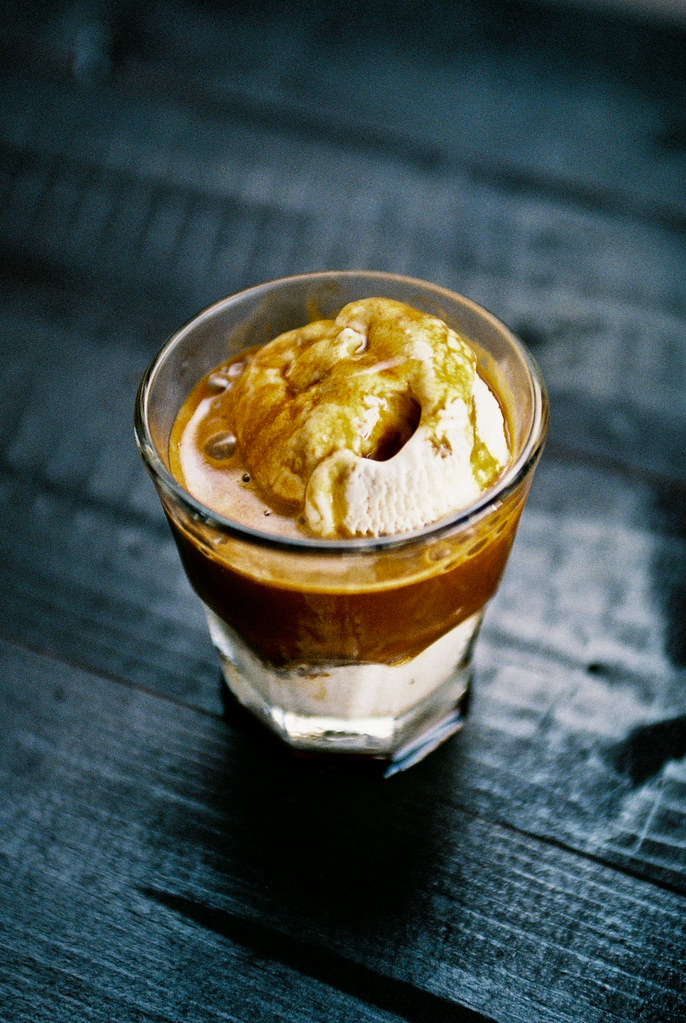
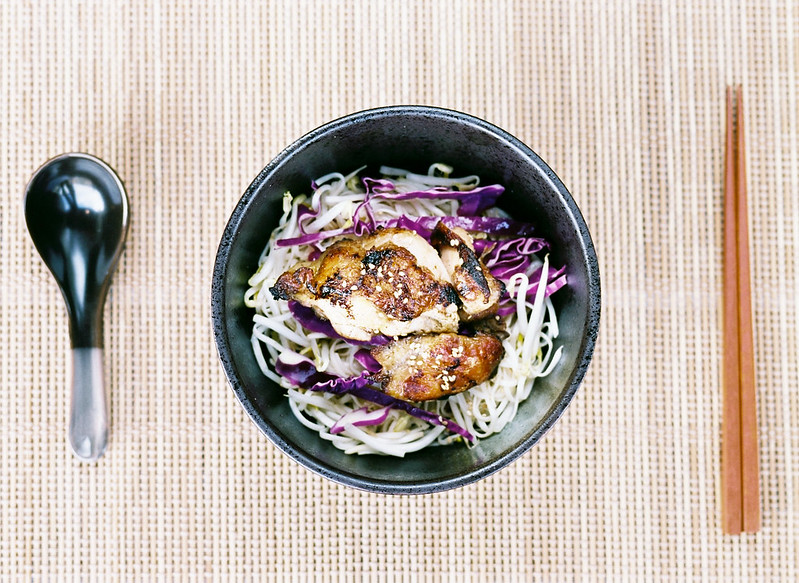
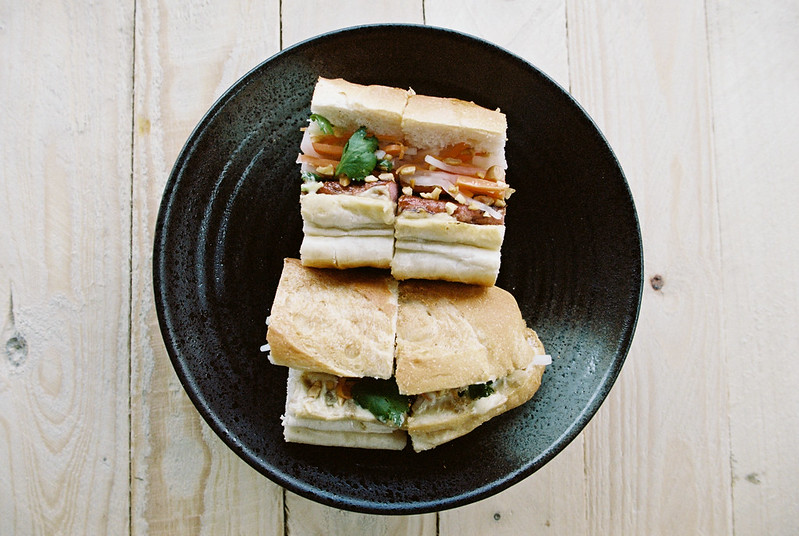
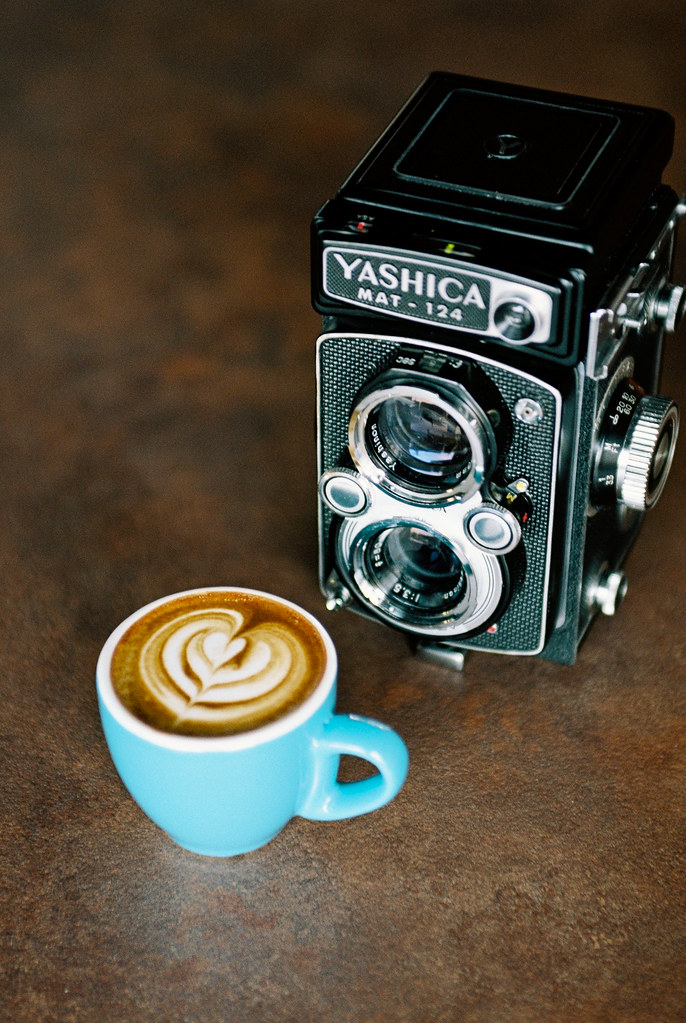
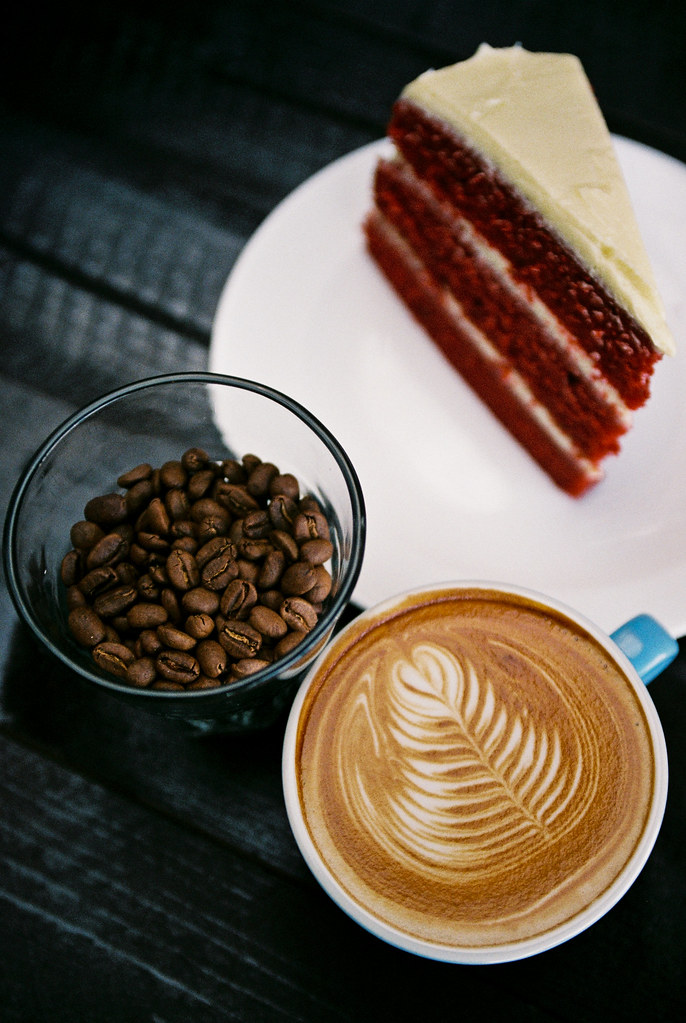



.jpg)
.jpg)
.jpg)
.jpg)
.jpg)
.jpg)
.jpg)
.jpg)
.jpg)
.jpg)
.jpg)
.jpg)
.jpg)
.jpg)
.jpg)
.jpg)
.jpg)
.jpg)